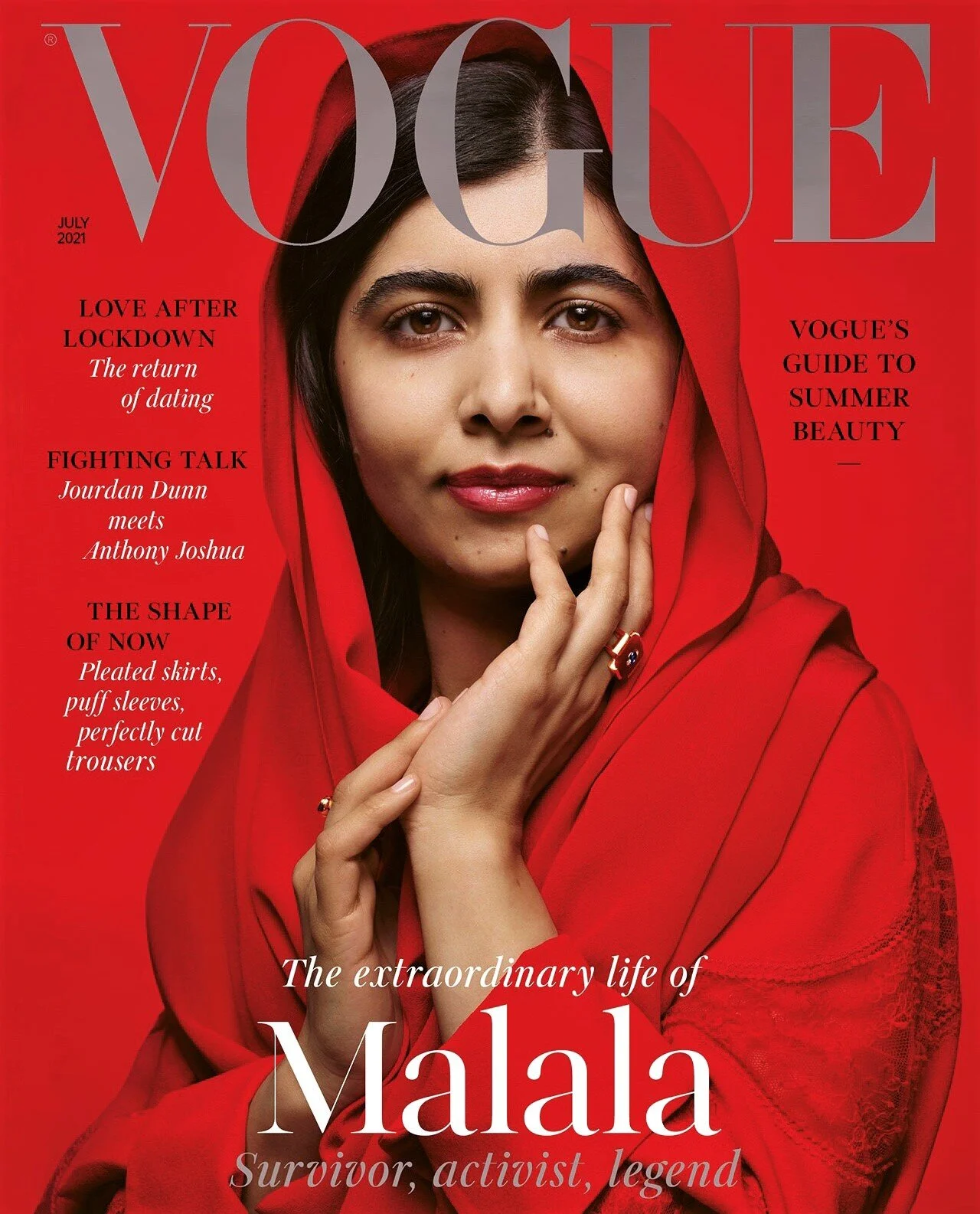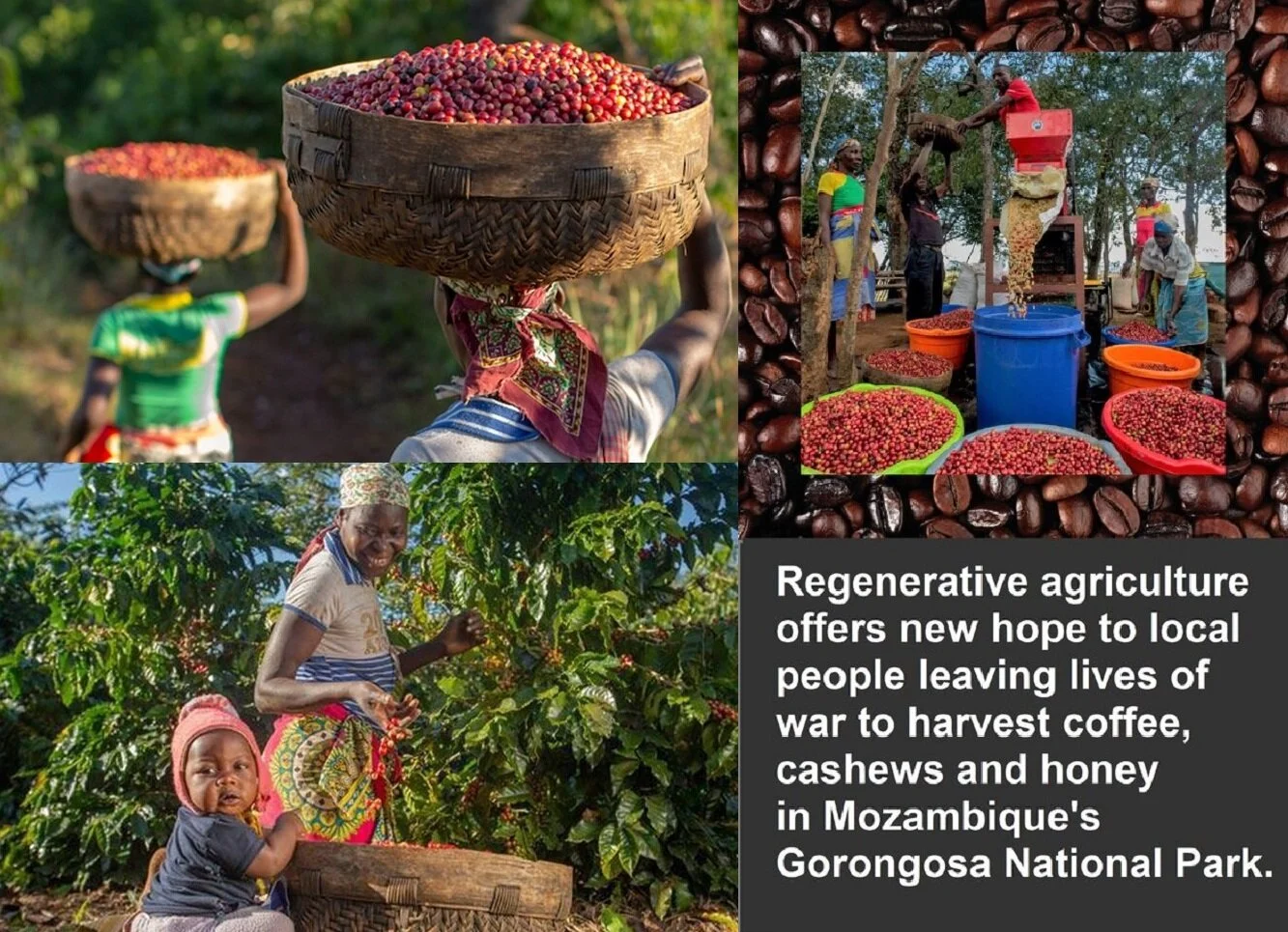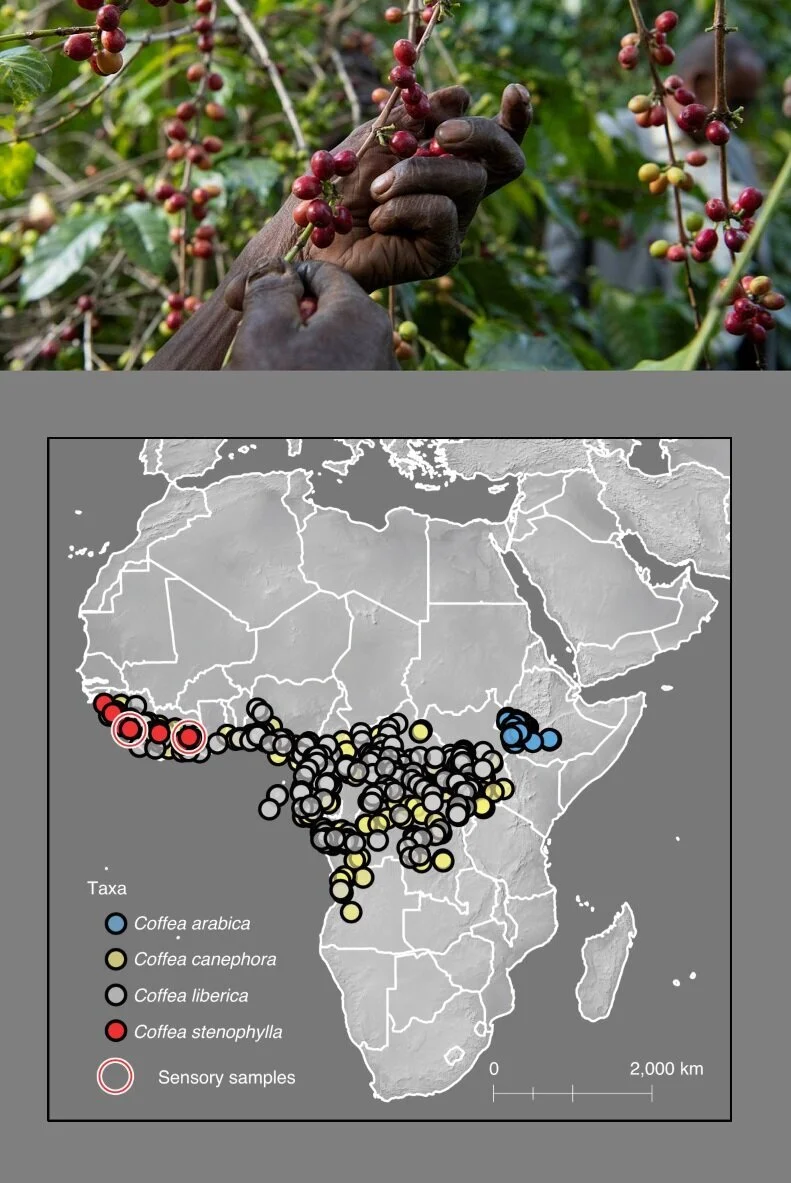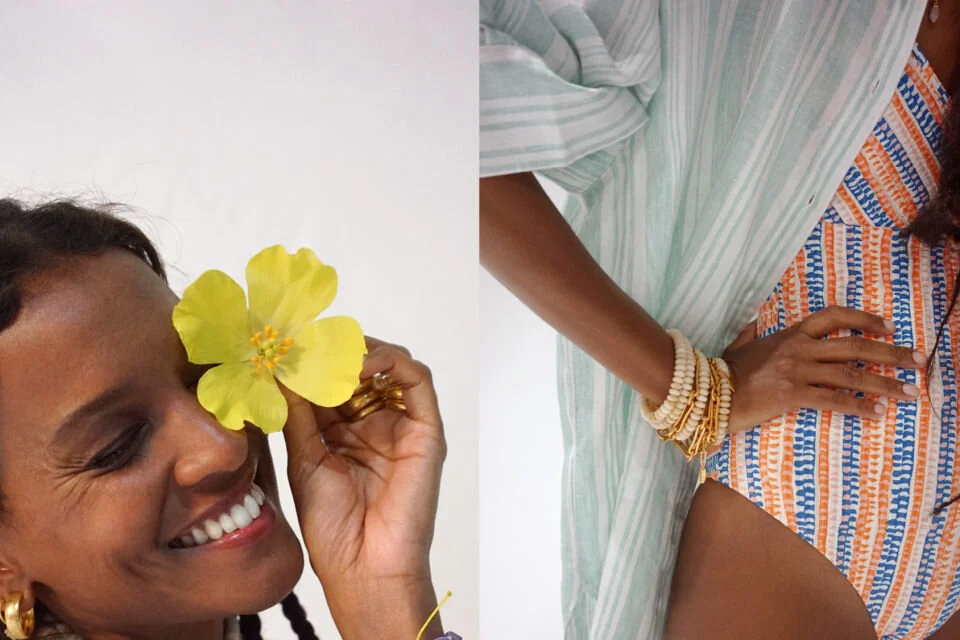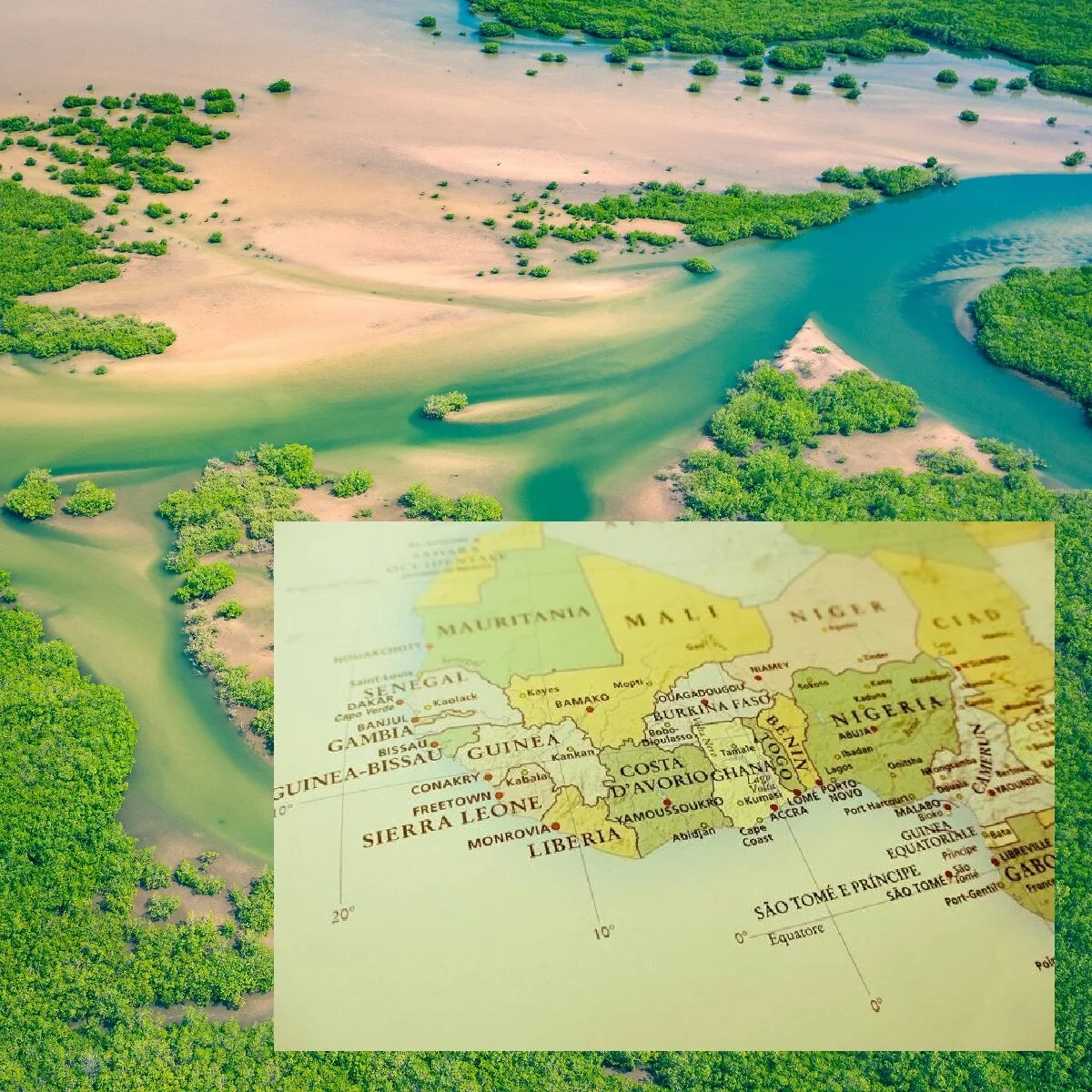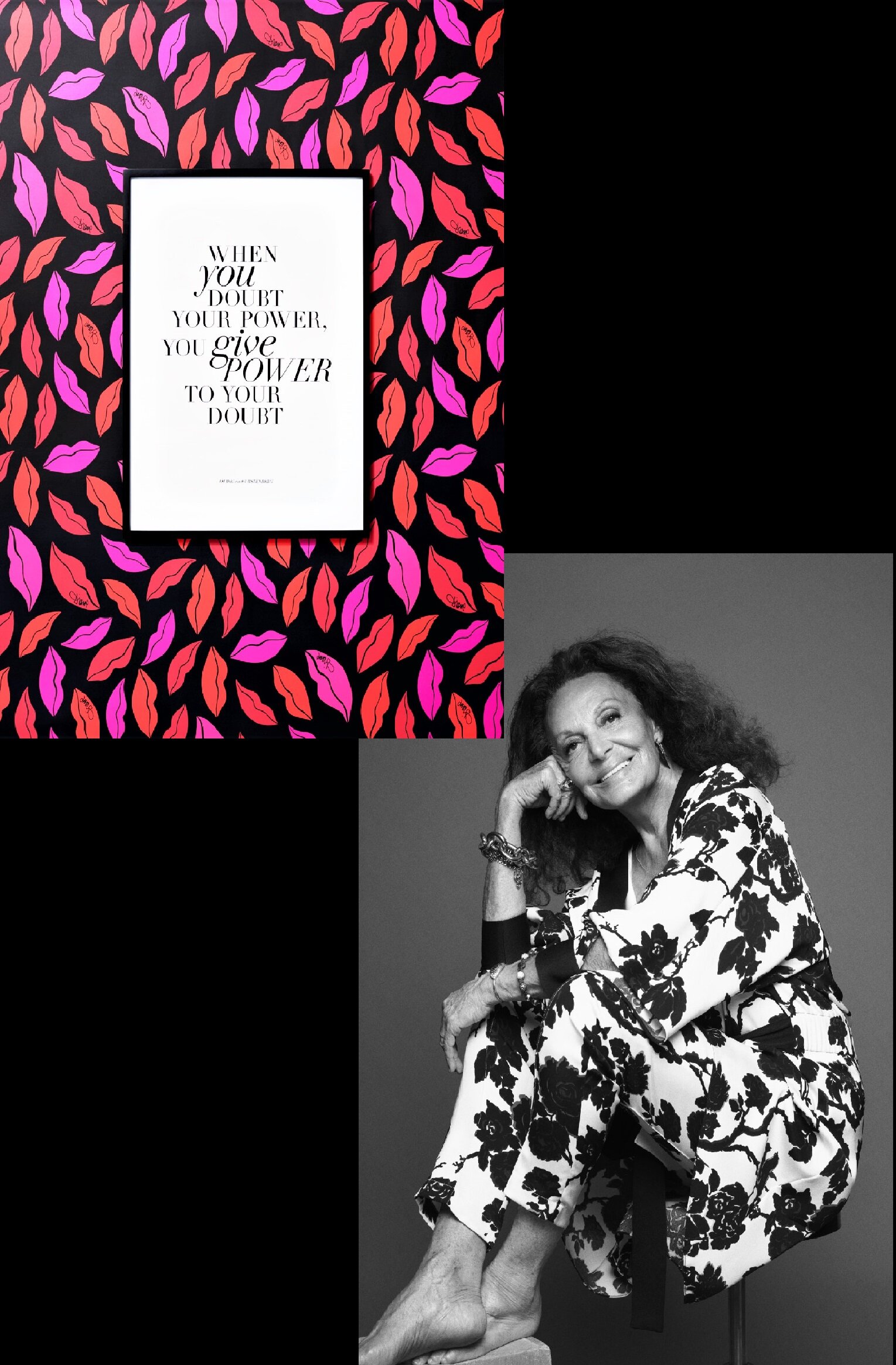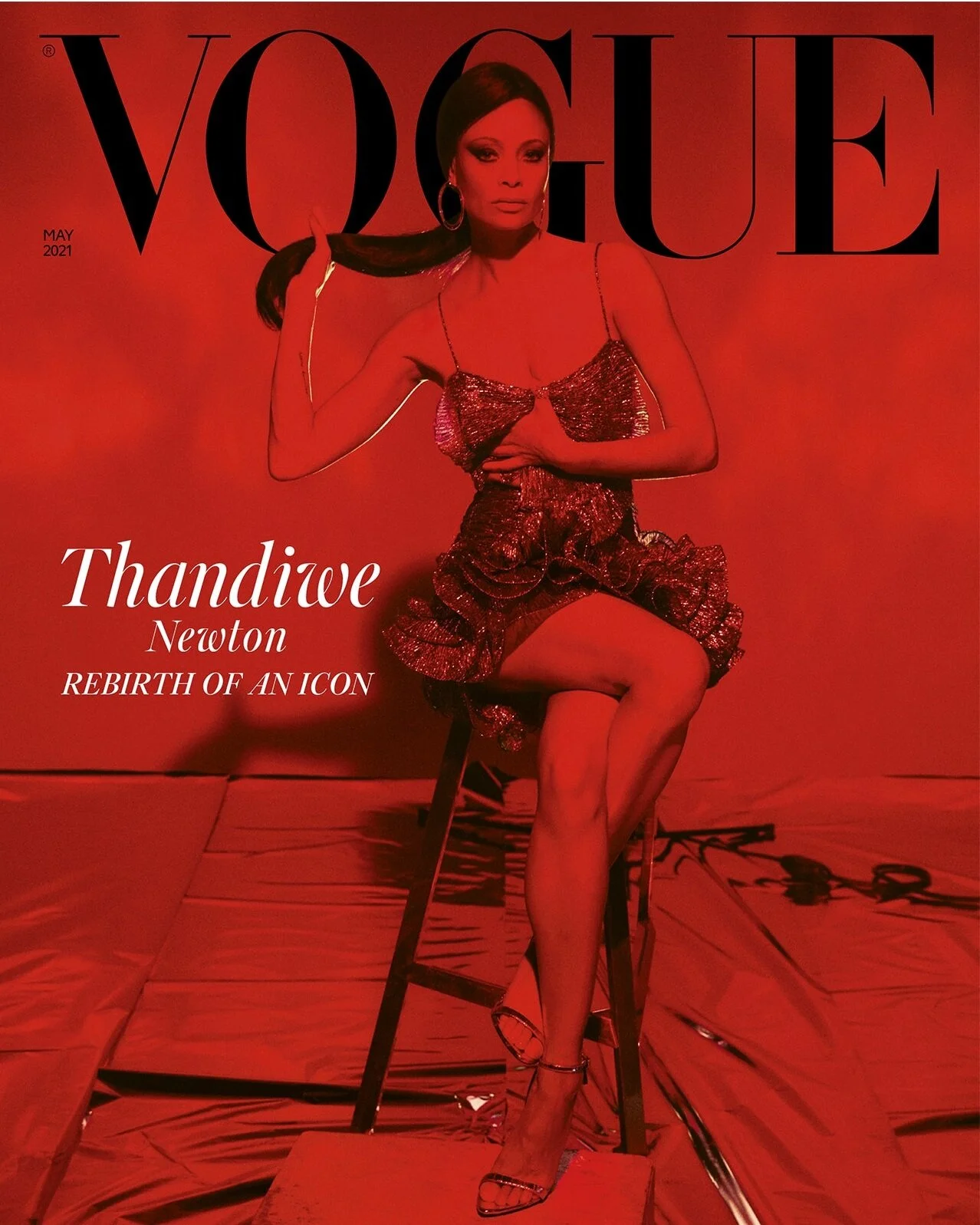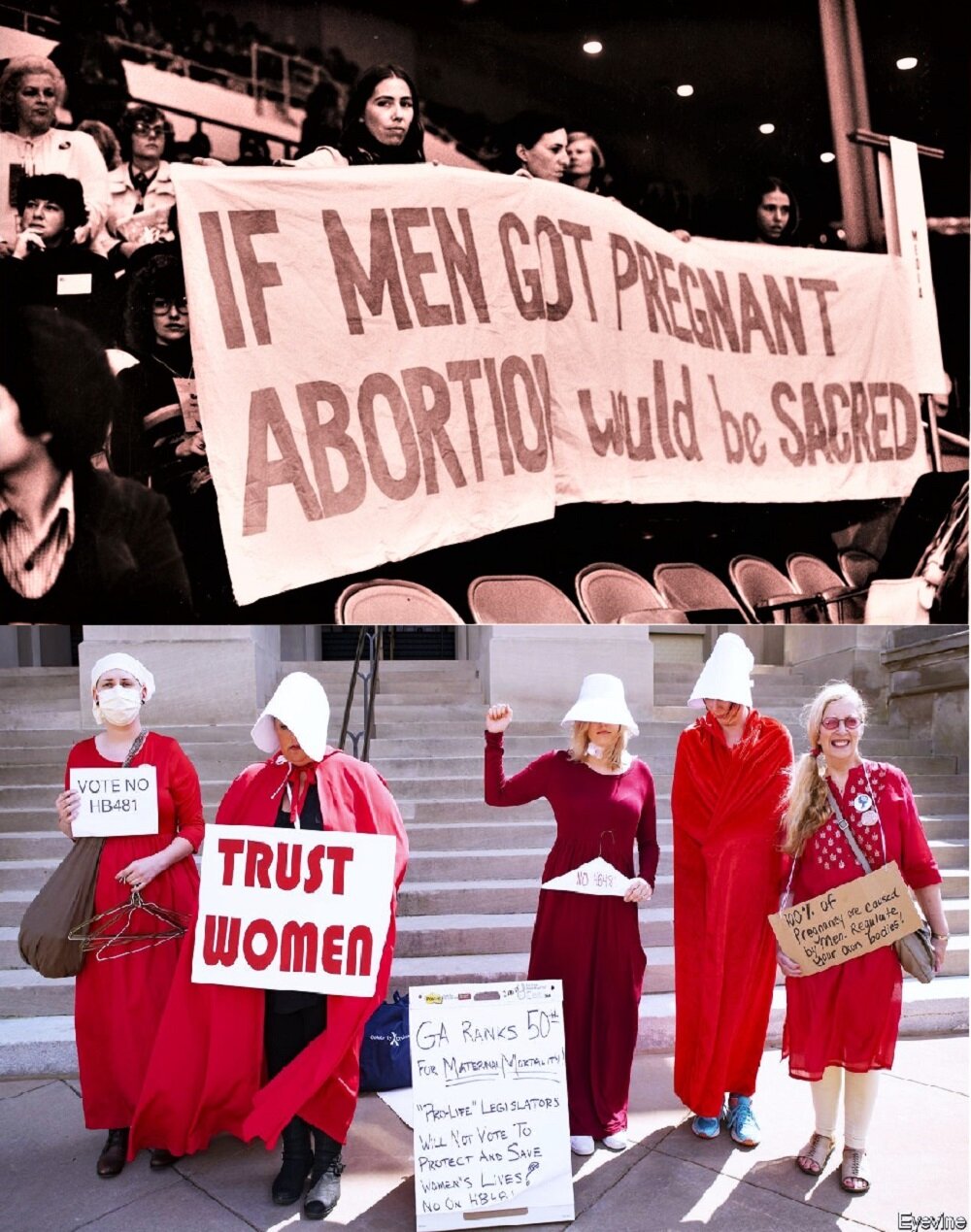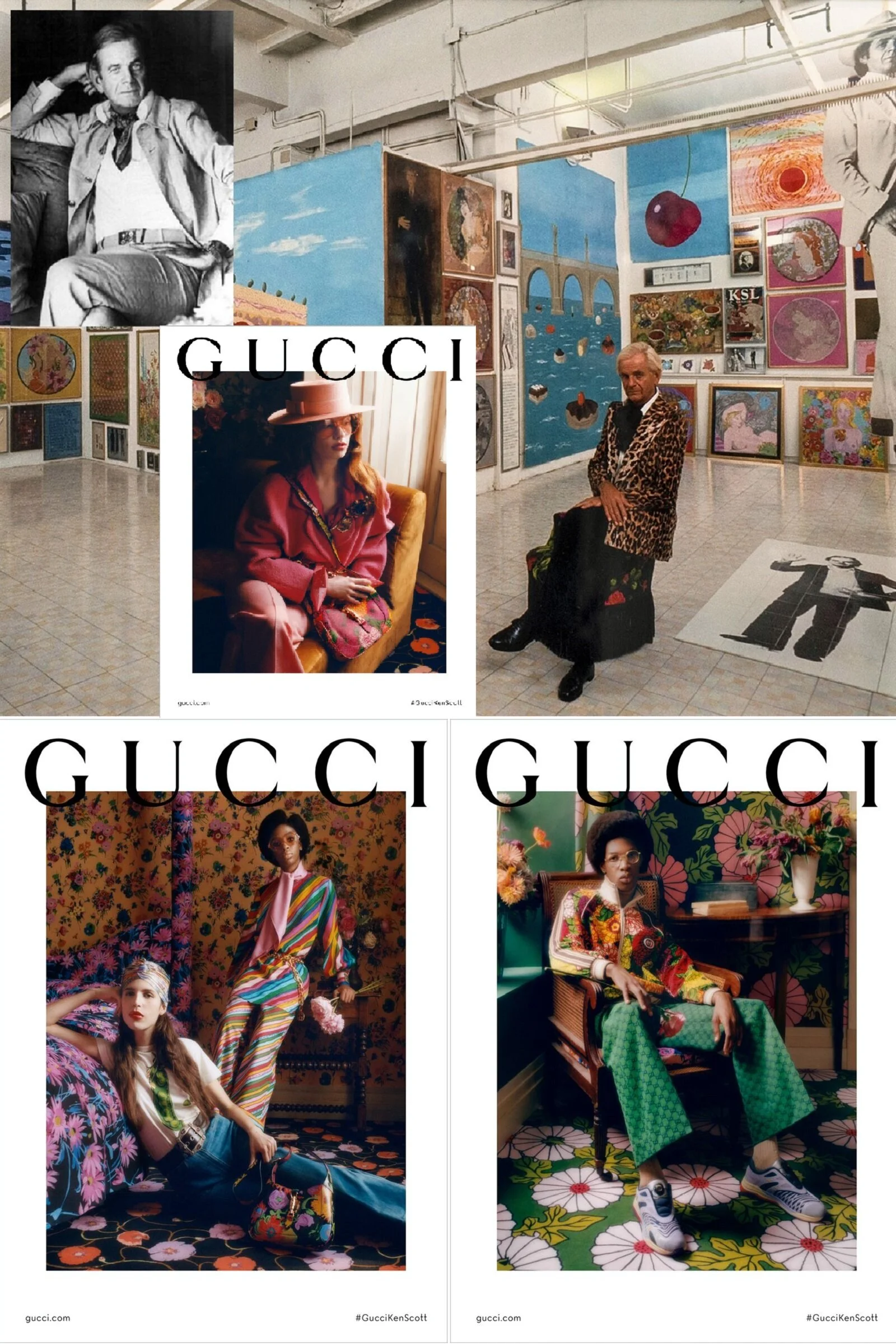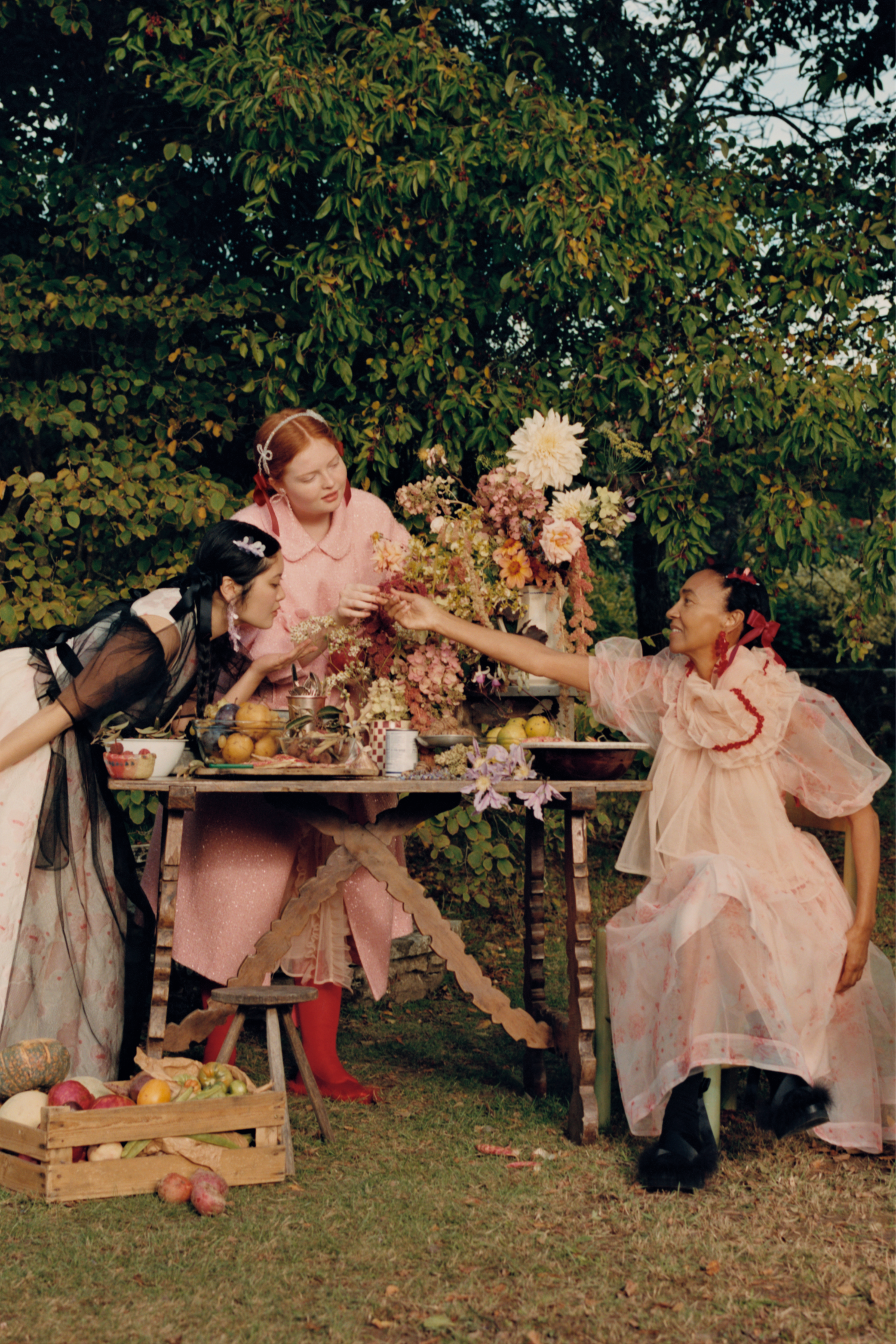Burj Khalifa's Roots in Low-Lying Hymenocallis Flowers Are Good PR
/While the world is counting floors of Dubai’s new Burj Khalifa, I’m reading about the hymenocallis flower, which is cultivated in the Persian Gulf but according to wiki is a genus of plants in the family amaryllidaceae, now cultivated in the Middle East.
Hymenocallis means “beautiful membrane” in Greek, which refers to the staminal corona that connects the stalks of the stamens for a portion of their length.
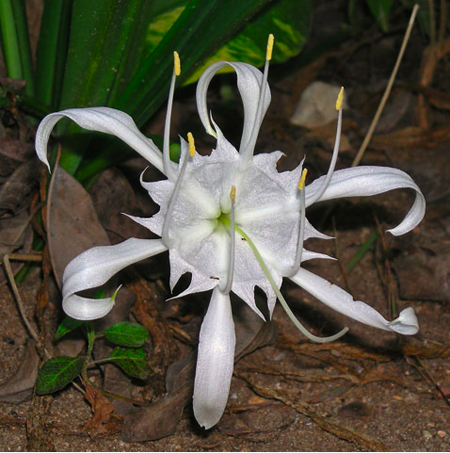 The New World hymenocallis flower is said to be the chief muse for Dubai’s grand tower the Burj Khalifa.The plants have spectacular flowers and some species are known as spider lilies. The Pacific Bulb Society confirms the New World genus of hymenocallis. It’s believed that the hymenocallis flower traveled to the Middle East from Latin America, Mexico and other parts of the New World.
The New World hymenocallis flower is said to be the chief muse for Dubai’s grand tower the Burj Khalifa.The plants have spectacular flowers and some species are known as spider lilies. The Pacific Bulb Society confirms the New World genus of hymenocallis. It’s believed that the hymenocallis flower traveled to the Middle East from Latin America, Mexico and other parts of the New World.
There’s no doubt that the hymenocallis flower is an inspiration in Islamic art and today’s gardens. But her origins appear to be from another side of the world. Appearances are often deceiving, and mere plant websites may be wrong.
For all we know, hymenocallis flower may be hidden in the walls of Jerusalem, and I have an Internet research team looking for it now.
Architect Adrian Smith, a member of Gordon Gill Architecture, states that the Burg Khalifa is designed like a hymenocallis, with the tower’s wings extending from its central core. This idea is beautiful iconography, but now I am lost in the feminine metaphor, seeing a phallic penis in the sky and not a hymenocallis, when I look at the photos of Burj Khalifa.
I see a patriarchal phallic cactus extolling the feminine virtue of a hymenocallis as its soul.
Slowiy in my mind — advanced by the inescapable connection between hymenocallis and my writing about a Middle Eastern preoccupation with hymens in International Women’s Rights — I’m seeing the Burj Khalifa and hymenocallis connection as symbolic of the place of women in the Middle East.
Dressed spectacularly with fireworks yesterday, the Burj Khalifa looked more female than in when she’s just going about her daily business of dominating the world. Mind you, I’m not suggesting that building into the sky is a bad idea.
Frankly, I fly in my own dreams and am not a woman trying to anchor male ambition in primitive mud huts low to the ground.
Mine is a fascinating thought journey this morning, because if architect Adrian Smith hadn’t raised this muse connection between the fabulous hymen flower and the Burj Khalifa, I never would have considered the possibility — seeing only a giant symbol of phallic greatness rising in the sky.
More flowers — sorry floors — were added as the project evolved.
Anchored in female principles, the Burj Khalifa climbed higher into the sky as construction proceeded, rather like a Jack in the Beanstalk.
Now my mind is racing, on fire as if I had smoked the inspiration of an Egyptian Blue Lily.
Truly, I’m just lodged on my Manhattan perch, drinking French Roast and nowhere near the Nile but I’m fixated on this gorgeous, sexy New World flower being the source of inspiration for the world’s tallest building, the half-mile high Burj Khalifa.
Pardon me, I have a few calls to make about hymens and hymenocallis plants. Life is so very fascinating, especially in the land of biomimicry, Mother Nature and the male-dominated skyscrapers. We have a lot of reading and writing material, anchored in the Burj Khalifa.
I sense that my own muse has delivered big time in Dubai. OMG, I must call my darling Queen; she’s first on my list. Anne
More reading:
Burj Khalifa Rises Half A Mile Into Dubai Sky







